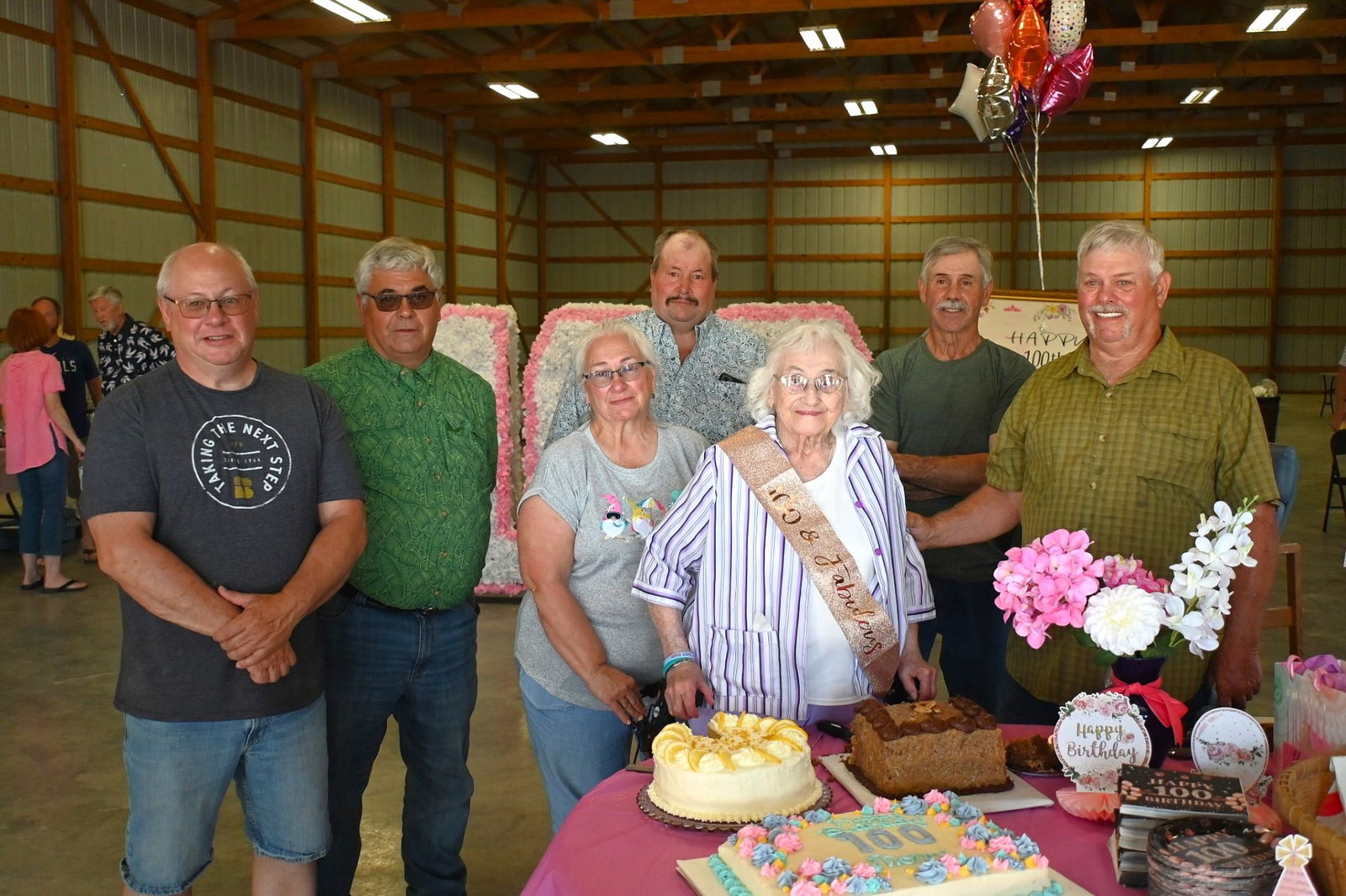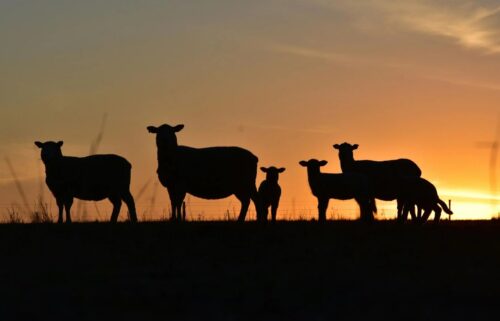The good ol’ days

By Mark Lane Submitted to Corner Post
Thoughts of the “good ol’ days” got me thinking about what we would need to give up in order to live in such a magical time. The answer is, quite a lot. Depending on your definition of the good ol’ days, you may have to give up more or less than others. But almost certainly, you’d have to do without computers, mobile phones, almost all of the entertainment you consume, and much of the medical care/treatments currently available. (Doc, are those leeches in that jar?)
There’s a high probability that you’d be familiar with the smells of kerosene, coal and wood fires for light, warmth and cooking. Cooking would require much more planning, work and time. Remember, no microwaves, high-efficiency / high-capacity refrigerators, freezers and stoves. Most of your food would be homegrown, and you would have a hand in growing/harvesting it. (Fast food was a chicken you had to catch and pluck.)
Most of your clothes would have been made, altered and/or repaired by your mama or grandma. Plenty of your relatives and friends worked together because there were fewer career choices. Vacations, if you got any, were relatively low-key and closer to home. Not only did visiting the privy mean going outside in dark, cold, rain and snow, outhouses often harbored spiders, wasps and snakes. (What’s that torn-up catalog and that pile of corn cobs doing in here?)
What better source for an enlightened perspective than someone who has lived through multiple versions of good ol’ days? Do you remember how thrilling Douglas Fairbanks and Harold Lloyd were in their newly released silent films? They were the bee’s knees! Can you recall when a spiffy, new car cost less than $400, but there were few hard-surfaced roads to drive it on? And remember how “high-falutin” you felt when your family’s home got indoor plumbing? Unless your last birthday cake had about 100 candles on it, you probably don’t have those memories.
Pat Wells does have that kind of perspective. “I was “born on a hill near Clyde (MO) on June the 12th, 1924,” she said. “Times were tough, but we got by.” Her daddy, Theodore Derks, raised crops (mostly corn to sell, and hay for the stock) and livestock (a few beef and dairy cows, a few sheep, hogs, and horses or mules). “Mama (Mathilda) raised a big garden and us kids. We grew our own food and saved seeds from plants for planting next year’s garden. We bought what we needed and nothing more. Weather and pests were always a challenge, but one year the grasshoppers and cinch bugs took the crops.” Asked how her family responded, she shrugged and said, “We knew there was work to be done, and we just kept on going.”
The oldest of seven children, that included twin brothers Theo and Cleo, Walter, Earl, Frank, and sister Althea, Pat is the only one of the family left. Her twin brothers died at just 19-months of age of the flu, which wasn’t uncommon back then. She recalls it was the middle of a very hard winter and money was tight. There was no funeral; they just drove the bodies in a horse-drawn wagon to the Abbey in Conception (MO) for burial.
After high school, Pat moved into the home of an aunt and uncle who lived in St. Joseph. She got a job at Stuppy’s Green House, and helped at other odd jobs, as well. After several years, she moved to an apartment on her own. It was at one of her side jobs that she met the fellow she would eventually marry. Chet Wells had grown up in the area before moving to California. Eventually, he moved back, divorced and with custody of three sons. Despite their age difference, Chet and Pat proved a good match for each other. She became his wife and mother to his three sons. Together they had a daughter and five sons.
His work as a painter helped them get by alright, but they dreamed of having a farm in the country. One day, Chet announced that he’d bought an 80-acre farm near Union Star. Times were still tough. Challenges never stopped coming, but the family met them head on with a positive attitude and perseverance, putting down roots that keep the Wells name a familiar one in Union Star and much of the surrounding area. Over time, more acreage was added. Chet died before his and Pat’s 25th wedding anniversary. True to their tradition, Pat and the children saw work to be done and did it. “We had to sell most of the cows and some of the equipment.”
Now, Pat has 25 grandchildren, 31 great-grandchildren and 4 great-great-grandchildren; she knows the names and birthdates of them all. After living alone until age 94, she moved to an Independent Living area, to be nearer to help, should she need it. Slower than before, but never stopping, she regularly takes part in church services, exercises and volunteers with other ladies at church. After decades of sewing clothes for family, Pat employs those talents to help make aprons and tea towels for fundraisers at church. In light of the common diseases that claimed so many lives in her lifetime and the stresses of the Depression, major wars, crop failures and other losses, we asked to what she attributes her longevity. “Good genes, maybe. I’ve got a good doctor; that helps. But mostly, I stay active. And faith keeps me going.”



